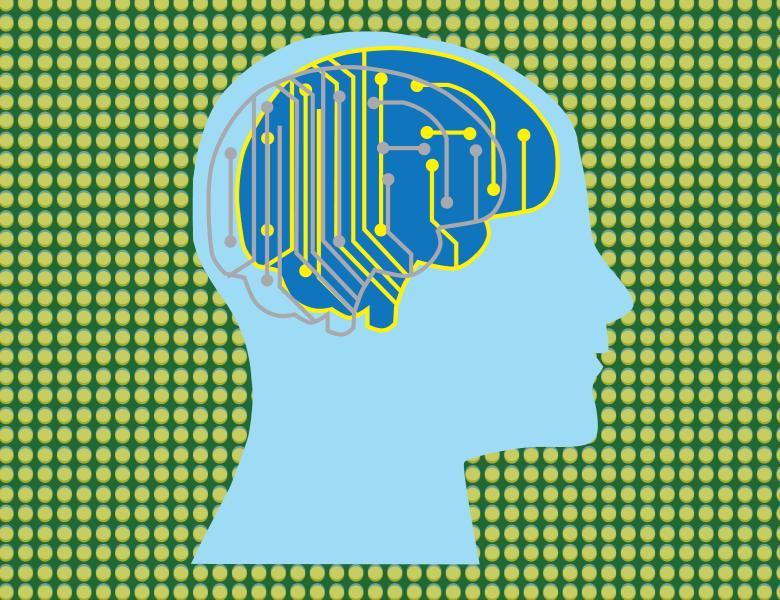
Abstract
Classic computational theories of the hippocampus posit that the dentate gyrus region is specialized for pattern separation and the CA3 region is specialized for pattern completion. These theories were inspired by anatomical data. The dentate gyrus contains a larger number of cells than its input region (the entorhinal cortex), suggesting that the dentate gyrus performs an "expansion recoding" computation as originally proposed for cerebellar granule cells by Marr. The CA3 region contains a system of recurrent collaterals that suggest the existence of attractor circuitry and dynamics that might underlie pattern completion, generalization, and error correction. In support of these theories, I will present single unit recording data showing (a) sparse encoding of dentate gyrus granule cells predicted by the expansion recoding model of dentate gyrus and (b) a gradient of pattern completion (error correction) along the transverse axis of CA3 that correlates with the density of recurrent collaterals along this axis.


